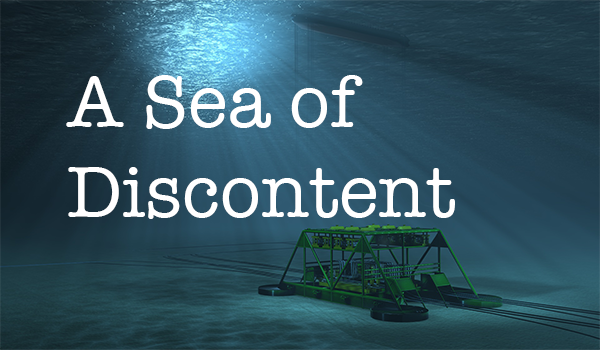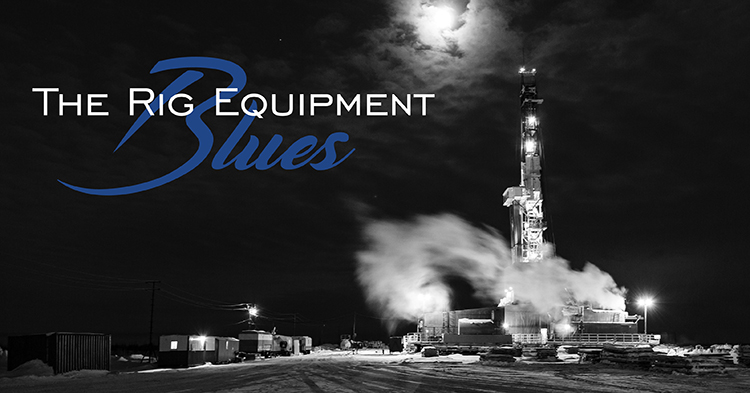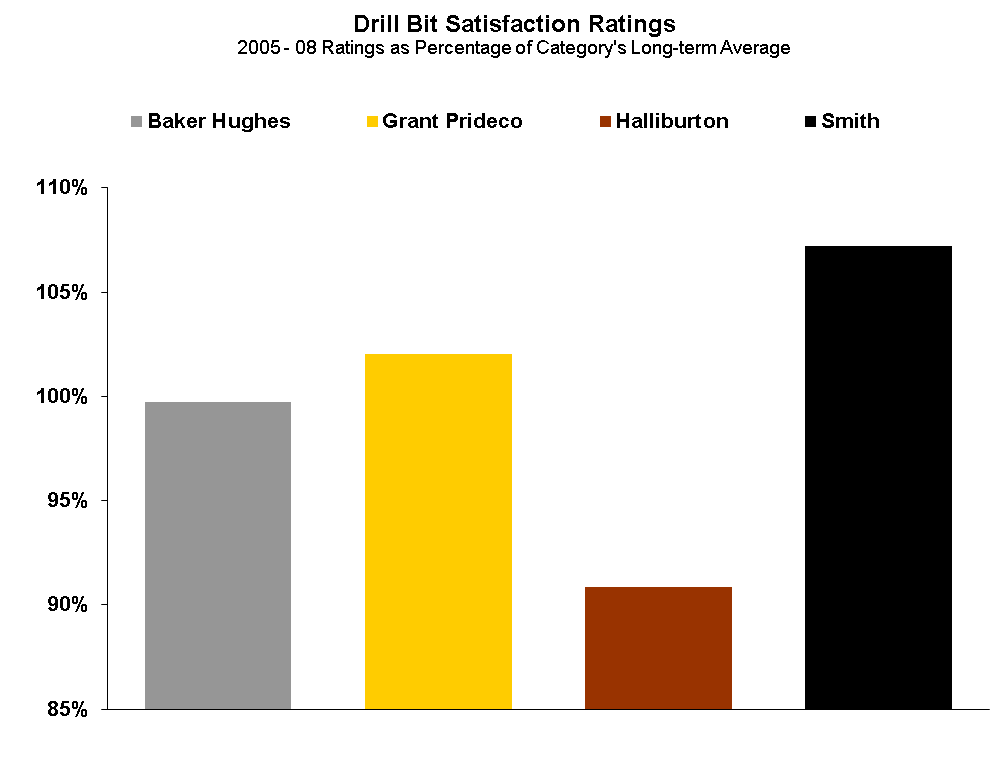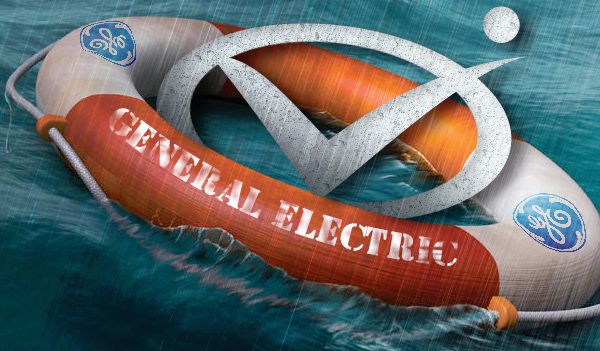The wisdom of the masses is a concept that contends information gathered from a group is generally more reliable than information gathered from any single individual within that group. If so, what is the industry saying en masse about the products used to develop offshore wells—particularly those at greater depths—in light of the Deepwater Horizon incident?
In short, EnergyPoint’s data suggest customers are significantly less satisfied with the equipment and materials available for subsea and deepwater projects than for land- and surface-based applications. In fact, since 2005, subsea products received the lowest overall customer ratings of all product segments tracked in our surveys. Continue reading “A Sea of Discontent”













